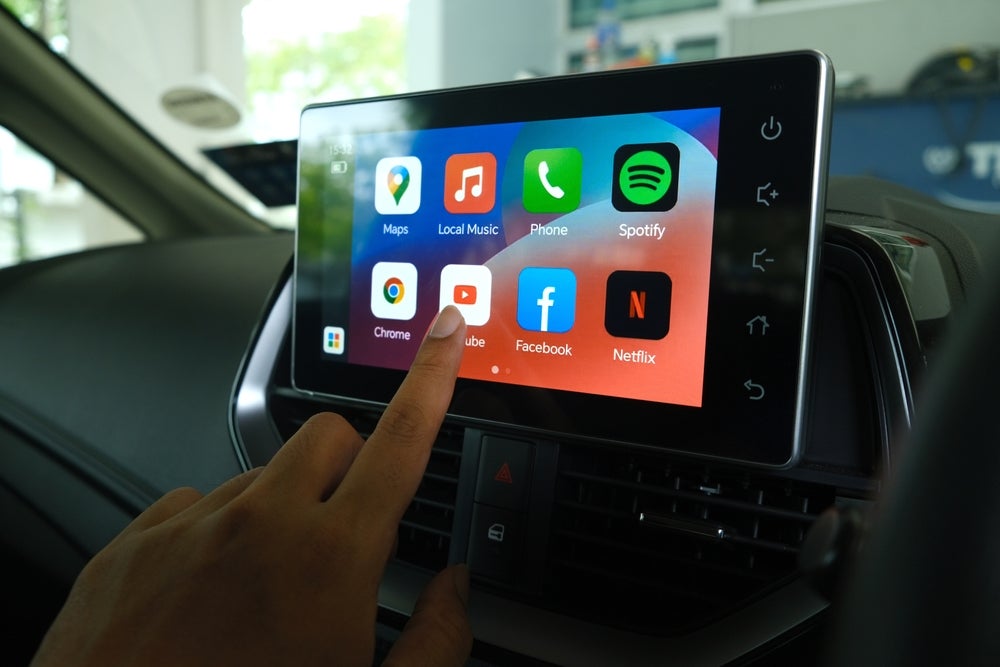
Technology is radically affecting vehicles and the way in which they are sold; as vehicles become driverless, consumers will increasingly focus on the technology they offer rather than how they drive, write Simon Jones, partner, and James Ruane, senior associate, at Eversheds
Simple as this may sound, the process of demonstrating the technical features of a driverless vehicle and all its options will be more complicated than a traditional test drive and consideration of different engine and trim variables.
In addition, driverless vehicles may not be sold to customers in the same way as traditional vehicles.
Instead, packages are already being sold whereby customers may have access to a range of different vehicles to suit various needs which the customer can pick up and drop off at will (or, in the driverless scenario, which will turn up for use by the customer wherever and whenever they want to use it).
Also driverless vehicles are likely to be sold as part of a mobility package which could include access to relevant public transport networks.
Finally, access to driverless vehicles is likely to be offered on the basis that multiple users may either share access to a vehicle of a particular type. As such, access to vehicles is likely to be offered on a subscription or pay-as-you-go basis, where the manufacturer, dealer or service provider owns the vehicles which customers then subscribe to use.
How well do you really know your competitors?
Access the most comprehensive Company Profiles on the market, powered by GlobalData. Save hours of research. Gain competitive edge.

Thank you!
Your download email will arrive shortly
Not ready to buy yet? Download a free sample
We are confident about the unique quality of our Company Profiles. However, we want you to make the most beneficial decision for your business, so we offer a free sample that you can download by submitting the below form
By GlobalDataAs a result, the roles of the vehicle dealer and the finance provider will change radically. It is quite possible that less consumer finance will be required, while the requirements of manufacturers, dealers and service providers to finance fleets of vehicles that are let out to customers will increase.
Impact of technology
If this is not enough, vehicle dealers are having to catch up with the impact of technology on how vehicles are sold.
Here, customers are looking for much more of an omni-channel approach where all touch points between the dealer and the customer are integrated, whether this be online, via smartphone and tablet, in the dealership and with the manufacturer.
In all this, online vehicle configurators and augmented and virtual reality demonstrations of the actual vehicles will dramatically affect how consumers expect to interact with dealers.
The virtual reality dealership is not far away, while some manufacturers are also looking at selling direct to customers, whether online or via new more virtualised formats in shopping centre locations where there may well be no actual vehicles to see or drive.
Vehicle dealers will need to invest in technology, and recognise that they will be collecting significantly more data about customers and their use of vehicles.
While this will present significant commercial opportunities, dealers will need to become trusted stewards of customers’ personal data, while driving customer loyalty and profits though closer relationships.
Transport as a service
It’s expected that many customers will be more interested in buying ‘mobility as a service’ than a vehicle which they will use as their sole or main means of transport. This will become particularly attractive with the onset of the driverless vehicle, and manufacturers and service providers are expected to start offering customers subscription or pay-as-you-go packages in which access to a driverless vehicle and public transport options can be combined. Users can then select different combinations of transport on a true time, cost and convenience basis wherever they want to go.
Driverless vehicles are fast approaching reality. Already, many of today’s new vehicles incorporate a high degree of connected and intelligent features and most manufacturers are planning to launch fully driverless vehicles by, or soon after, 2020 or 2021.
Data is at the heart of how connected and driverless vehicles operate. Here, the many sensors and communications devices being built into connected and driverless vehicles collect, store and share vast amounts of data about driving conditions, the vehicle’s performance, how it is used, its journeys, its location, its occupants and so on.
All this data is then analysed using predictive data analytics and artificial intelligence to enable each vehicle to communicate with other vehicles and the environment through which they are travelling.
In addition, OEMs, component suppliers and many third parties are looking to use this data to offer a wide range of personalised services to the users of connected and driverless vehicles.
However, users of connected and driverless vehicles will have different views on all the potential uses of their data, particularly where many of the potential uses will go well beyond what is needed for a connected or driverless vehicle to be able to operate safely on the road.
Just because a company has invested time and money to create systems to collect and process data does not mean that it can do as it likes with the data.
While it may ‘own’ the data it has collected in the strict sense, it can not process ‘personal data’ without ensuring that such processing complies with the requirements of data protection legislation.
Thus, it is necessary to stop and consider the legal requirements around the processing of personal data when designing vehicles, and the services that will be offered to users of driverless vehicles. Regulators will also need to take a sensible approach to interpreting and enforcing those laws if they are not to stifle the development and launch of driverless vehicles.
Here, it is important to realise the wide-ranging scope of personal data, as it includes any data from which it is possible to identify a living individual (whether on its own or when combined with other information in the possession of the relevant party).
From this, it’s clear that much of the data collected by vehicle manufacturers regarding how, where and by whom their vehicles are being used (as opposed to purely technical data) will be regarded as personal data.
This, in turn, means that such personal data can only be processed if at least one of a defined list of permitted ‘conditions for processing’ have been satisfied (and further conditions must be satisfied if the personal data is ‘sensitive’).
The key condition is that the processing is necessary in relation to a contract which the individual has entered into, or to enable the individual to enter into a contract.
European data law
It’s also important to note that data protection law is changing across the EU (including in the UK) with the adaptation to the so-called General Data Protection Regulation.
This will come into force before the UK leaves the EU, and is set to introduce a much tougher regulatory environment in relation to the protection of personal data, including new requirements in relation to processing, ensuring privacy by design and making the whole process of obtaining consent much tougher.
This means OEMs and dealers will need to pay careful attention to data protection laws as driverless vehicles are developed and made available publicly.







